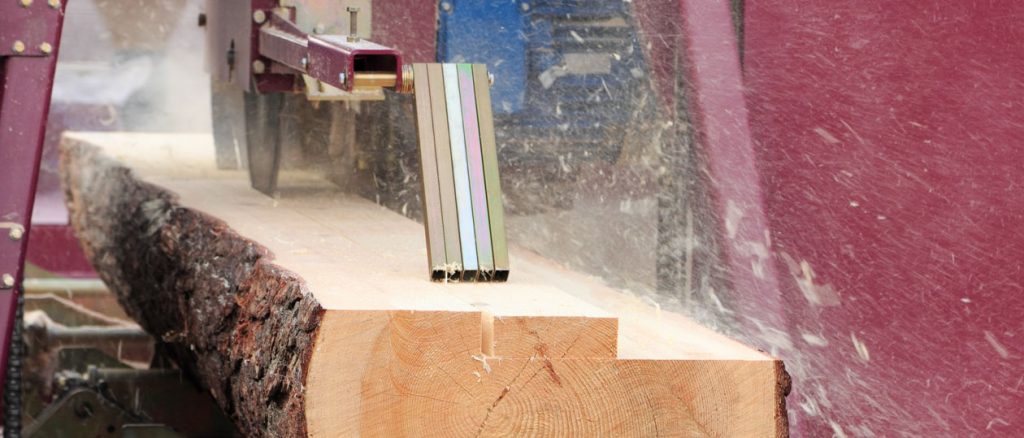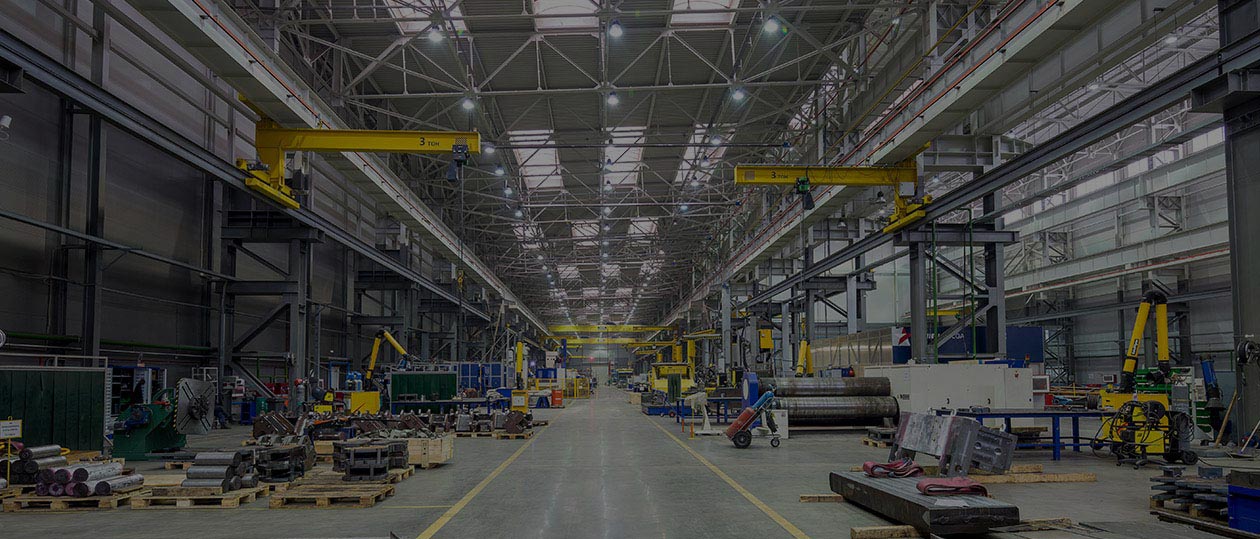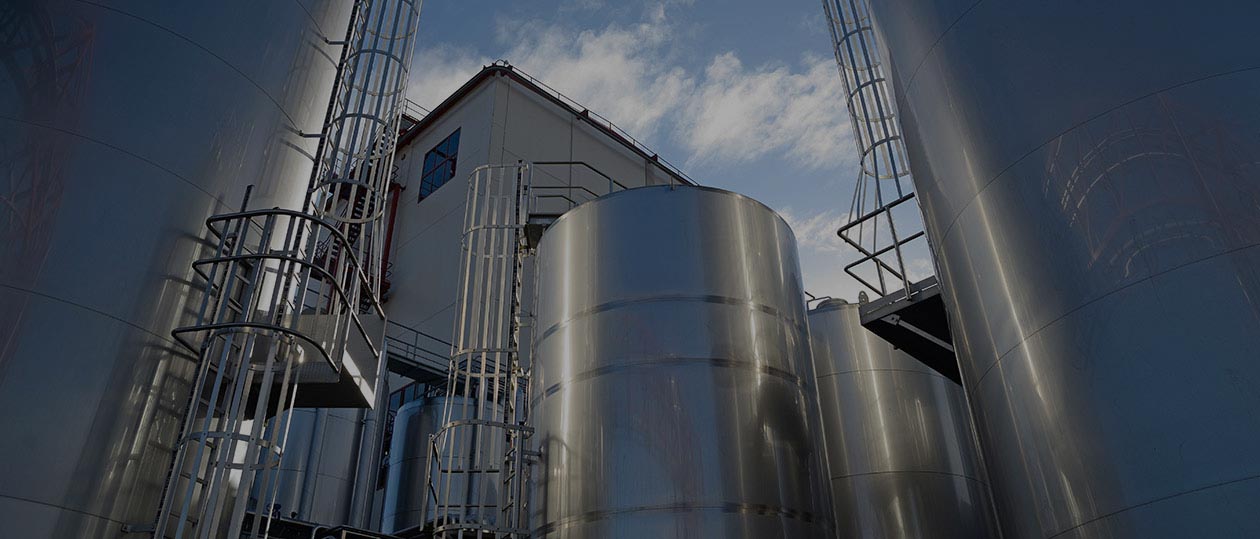Search
Sawdust Explosion – Dust Hazard Analysis (DHA)

November 2018
On November 8, 2018, fire crews from four local fire departments were called to a reported dust explosion and fire at a woodworking facility in the Midwest. When the crew arrived, they successfully tacked a fire raging in a dust collector and trailer used to collect sawdust from the facility. It was reported that a saw had shut down, sending a spark into the dust handling system, which is presumed to have been the ignition source. The event required the closure of a highway during morning hours while the fire crews were on the scene. Fortunately, no one was reported as hurt. Source: The Crescent-News
Stonehouse Process Safety commentary: Most of us have tried to start a camp fire – and usually struggled. We know if we first prepare kindling, we might light that first and hope that the logs will eventually flame. What we may not realize is that if we take sawdust from that same wood and disperse it in the air, we could have a flashfire or dust explosion on our hands. Wood needs a lot of surface area to combust, and the more you have, the faster will be the combustion.
Sawmills and wood workshops throughout the country create wood dust in their operations, and special precautions are required to prevent that dust from inadvertently catching fire or even creating an explosion. Electrically operated saws can overheat and cause dust to smoulder, and they can also create sparks, especially if they encounter a hard object such as a piece of metal or stone – and they can sometimes generate burning or smouldering dust that gets transferred along dust extraction systems. When this burning or smouldering dust reaches a dust collector or collection bin it can cause fire or, if the dust concentrations are sufficient, an explosion.
The risk of injuries to employees or others from events like the one described here is real. However, dust explosions and fires like these are preventable. There are systematic techniques available to conduct Dust Hazard Analysis (DHA) in accordance with NFPA 652 that can significantly reduce both the likelihood of events like this happening, as well as ensure that if a problem does arise, that the consequences are minimized and controlled.

Get in touch
To learn more about our expertise and services in dust explosion prevention & mitigation, call us at +1 609 455 0001 or email us at [email protected] today.
We also offer tailored virtual and in-company process safety training programs on Dust Explosions, Static Electricity and HAC (Hazardous Area Classification) and more. Find further information here.
We use cookies to help us enhance your experience on our website. By clicking “Accept,” you consent to our use of cookies. Read our Privacy Policy for more.











